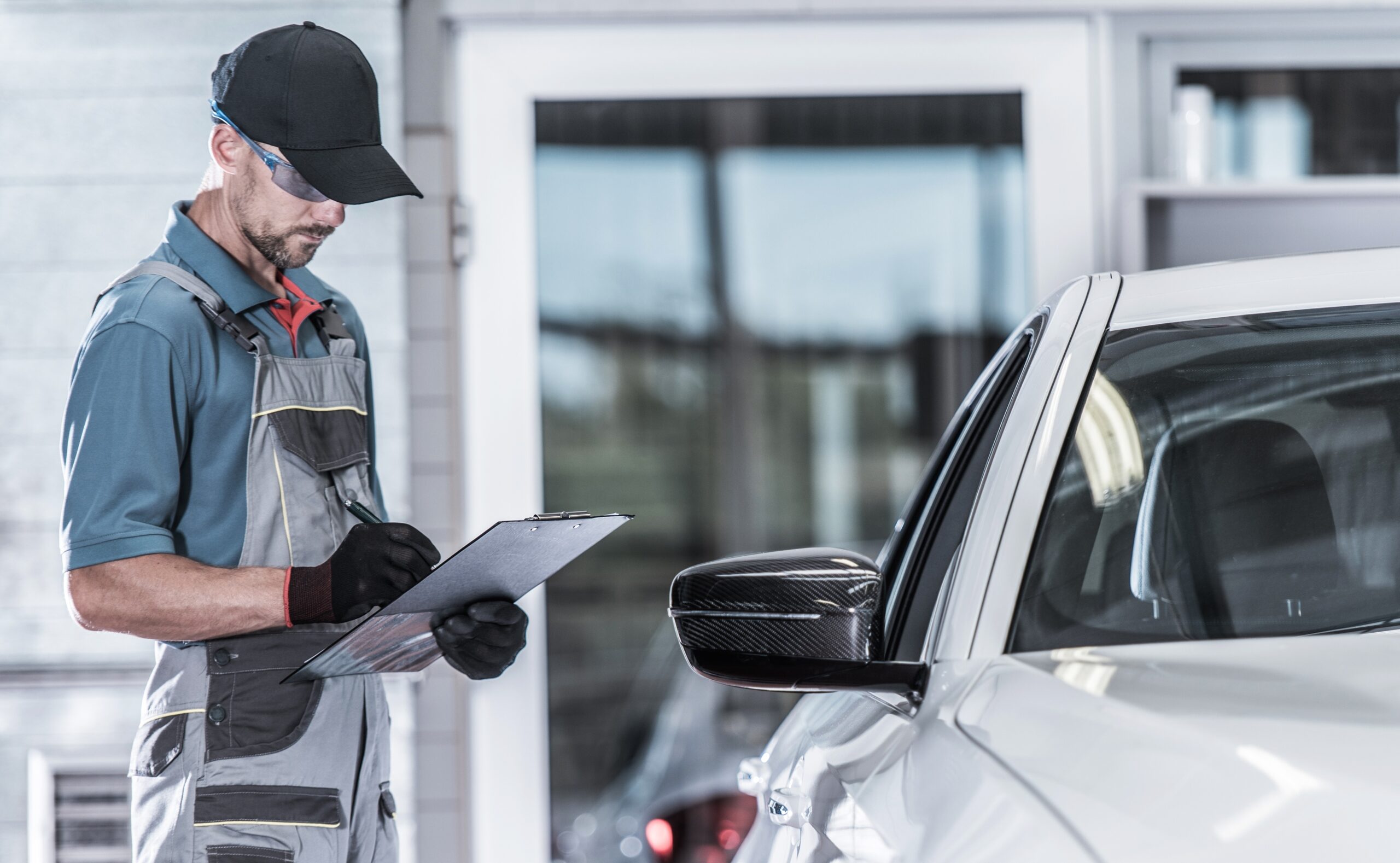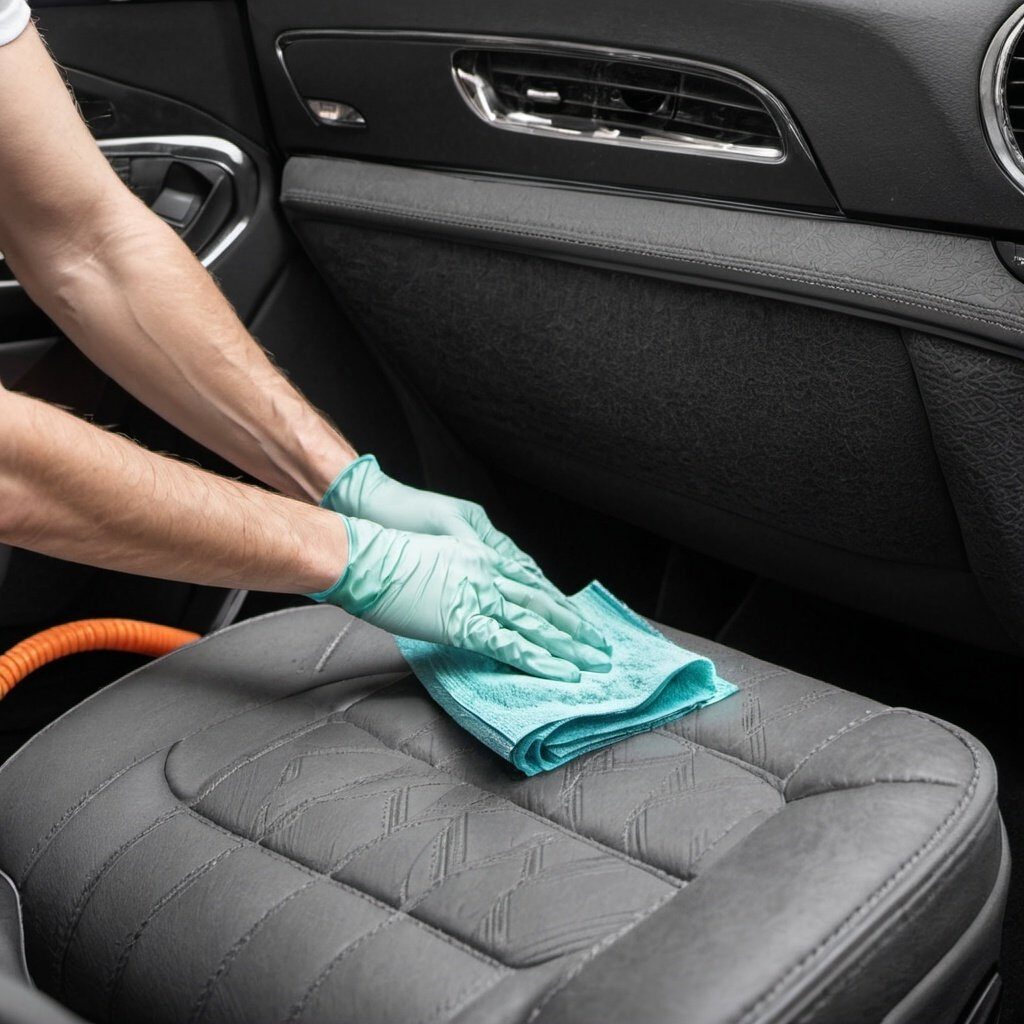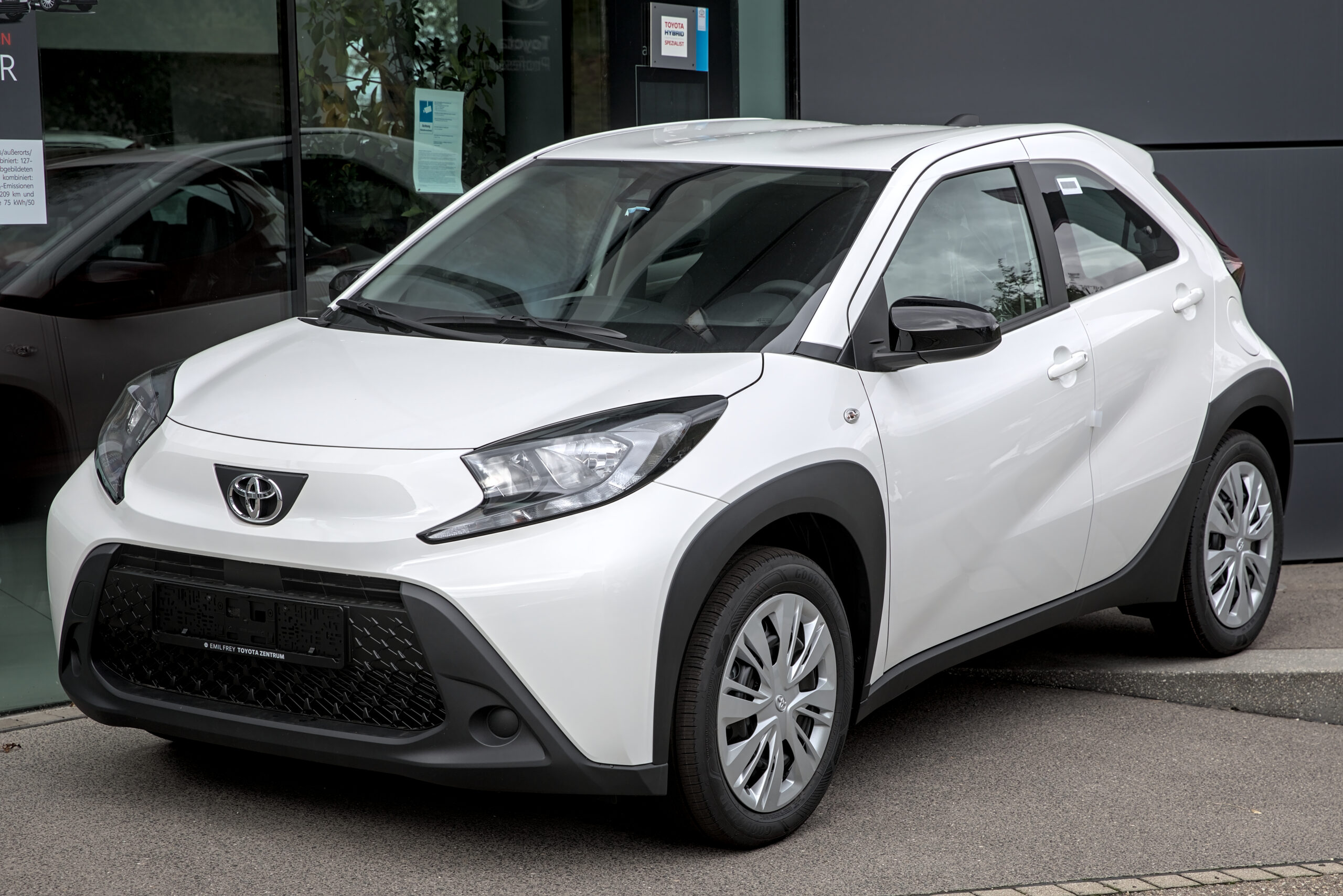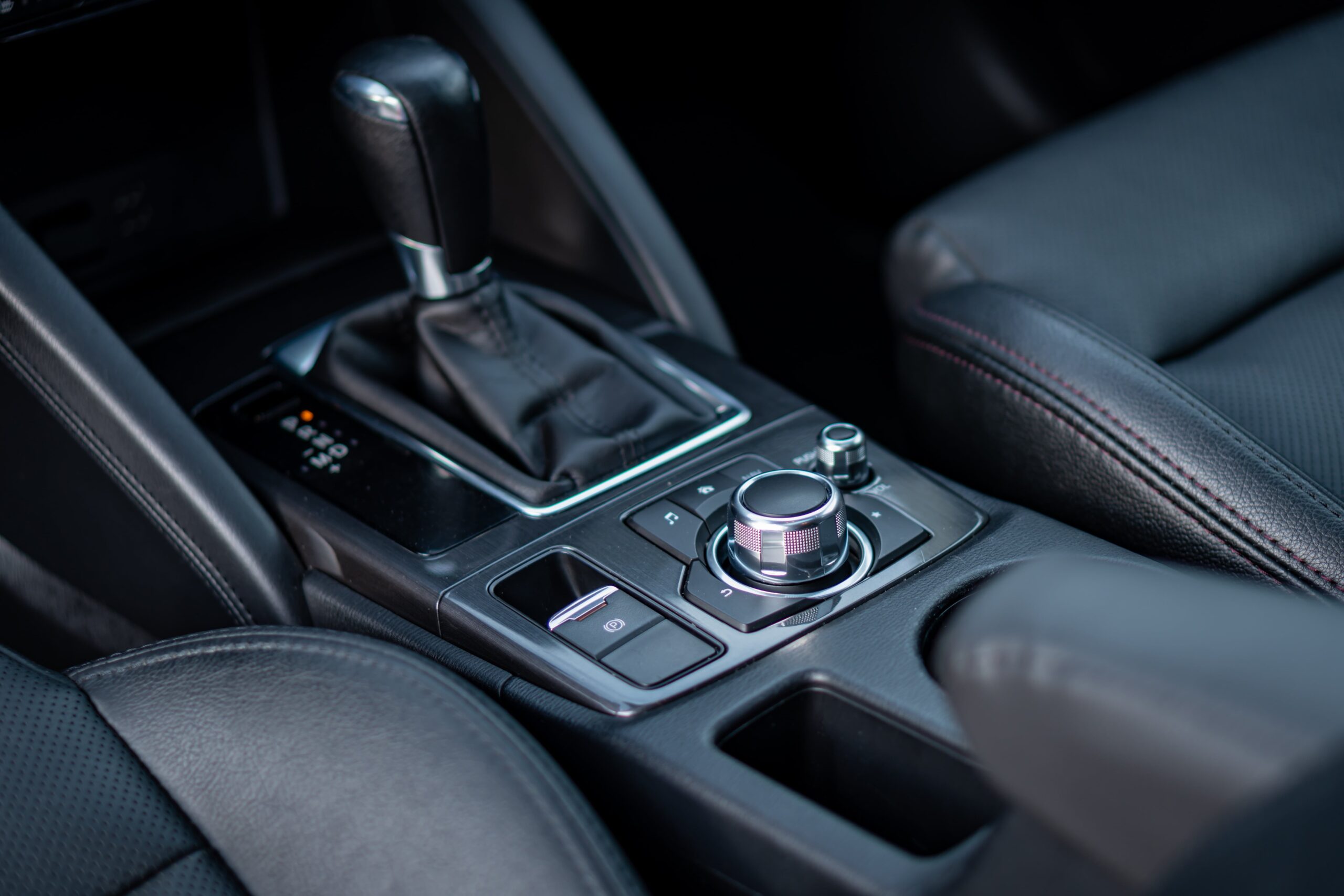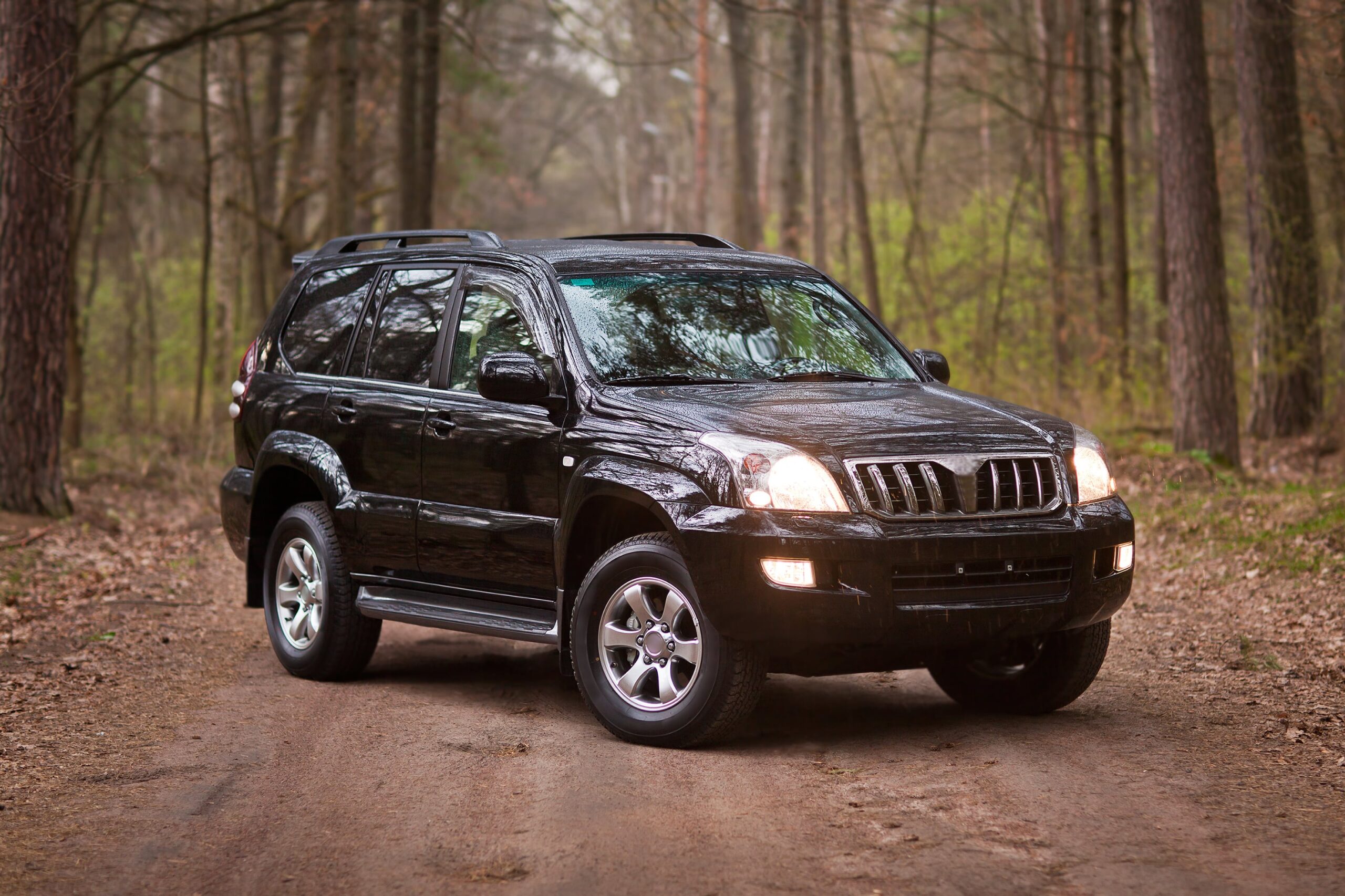
10 Ways to Get Your Car Ready for Winter
As winter approaches, it’s essential to prepare not just yourself, but also your vehicle for the colder months. ‘Winter is coming’ may ring familiar to many as a catchphrase from the popular television series Game of Thrones, but it also serves as a timely reminder for car owners. The adverse weather conditions during winter can pose real challenges to vehicles and drivers alike.
Therefore, it’s crucial to ensure your car is well-prepared to withstand the icy, snowy, and often treacherous roads that winter inevitably brings.
That’s why we’ve compiled a list of ways to get your car ready for winter, so you can keep moving safely and smoothly on the roads.
Invest in Snow Tyres

Winter driving and worn tyres create a particularly dangerous combination that could lead to slip-and-slide accidents. To prevent such mishaps, investing in a set of snow tyres is highly advisable.
Snow tyres are specifically designed with a rubber compound that remains flexible in cold temperatures, offering superior grip and better traction on snowy and icy roads. If you’re due for a change of tyres, ensure to opt for snow tyres before winter sets in.
Even if you already have a pair of snow tyres or all-season tyres, it is essential to check the tyre tread depth. It is a crucial factor in determining your vehicle’s ability to grip the road surface.
The legal tyre tread depth for cars in the UK and Europe is a minimum of 1.6mm across the central three-quarters of the tyre, as mandated by law. However, tyre and safety experts often dispute this measurement, advising a more prudent minimum tread depth of 3mm for tyre replacement to ensure optimal safety during wintry conditions.
To check the depth of your tread, you can use an inexpensive tyre tread depth gauge. This simple tool can help you ensure that your tyres are in optimal condition to face the winter roads.
Check your Car’s Battery

Imagine being stranded on a cold, snowy night due to a dead car battery. It’s a situation that nobody wants to find themselves in. Car batteries approximately last three years, or 36 months, but harsh winter weather can often shorten this lifespan. Therefore, it’s vital to routinely check your battery, especially as winter approaches.
Signs that your battery might need to be replaced include:
- Slow engine cranking
- Corrosion on the battery terminals
- A battery warning light on your dashboard
- The need to frequently jump-start your vehicle
- Dimming headlights while driving or idling at a stop light
- A bulging battery case, or simply the age of the battery
You can also determine the condition of your battery with a computerised battery tester. This device measures the battery’s voltage, charge, and cold-cranking amps (CCA), giving you a better idea of its health. If the results show that your battery is nearing the end of its life, it’s best to replace it before winter arrives.
When investing in a battery tester, ensure it’s compatible with conventional lead-acid batteries, as well as gel and absorbed glass mat (AGM) styles. This versatility will allow you to use the same tester on different types of batteries, including those in other vehicles or equipment.
Alternatively, you can also seek the assistance of a mechanic to have your battery checked. Regular battery checks help ensure your car is ready to face the winter roads.
If the Weather is Very Cold, Use Antifreeze

In regions where temperatures dip significantly below freezing, the use of antifreeze is not just recommended, but essential.
Antifreeze, also commonly known as engine coolant, prevents the water in your car’s radiator from freezing in harsh weather conditions. Without it, the water could freeze, expand, and potentially cause substantial damage to your engine block.
Besides offering protection against freezing, antifreeze also elevates the boiling point of engine coolant, preventing overheating even under severe conditions. Thus, the application of a high-quality antifreeze in your car’s cooling system is a critical preventive measure that can help you avoid costly repairs in the long run.
Always refer to your vehicle’s owner manual for specific guidelines on the type and quantity of antifreeze to use.
Check Your Brakes

Wet and icy conditions can severely impact the efficiency of your braking system. When roads are slick, stopping distances can increase substantially, making effective brakes essential for safe driving. Therefore, it’s important to ensure your brakes are in prime working order during colder months.
The braking system, including the brake pads, discs, and fluids, should be thoroughly inspected and serviced if necessary. Worn-out brake pads or unbalanced brake fluid can lead to decreased performance, potentially endangering the vehicle’s occupants and other road users.
It is advised to have these checks carried out by a professional to ensure your brakes are winter-ready.
Check Your Lights

During winter, shorter daylight hours and weather conditions such as fog, mist, or snow can significantly reduce road visibility. Therefore, ensuring that your vehicle’s lights are functioning optimally is of paramount importance for both your safety and that of other road users. The headlamps, tail lamps, brake lights, indicators, and fog lights should all be checked carefully for proper operation and brightness.
Remember, it’s not just about your vehicle being able to see – it’s also about being seen by others.
To this end, consider having your lights professionally aligned for optimum performance. Additionally, always replace any burnt-out bulbs promptly and clean your lights regularly for maximum brightness.
Also Read: The Essential Car Service Guide – What You Need to Know!
Lubricate Window Tracks and Door Locks

Winter weather can cause a multitude of issues for your vehicle, including problems with your window tracks and door locks. Freezing water has the potential to infiltrate window tracks, creating a drag when you’re attempting to open the window. This drag can lead to damage to the window regulator cables, which can result in a costly repair.
To prevent this, consider lubricating the window tracks with spray silicone or a dry Teflon spray lubricant.
Lower the window, spray the lubricant directly into the front and back window track, and apply it generously until it drips down the entire length of the track.
Then, operate the window through several open and close cycles to distribute the lube throughout the track. It’s crucial to remove any lubricant that lands on the glass using a glass cleaner and a paper towel.
Even if you have remote keyless entry and don’t frequently use your door and trunk locks, it’s essential not to neglect them. If you fail to keep these lock cylinders lubricated, they can corrode over time, making it impossible to use your key.
A graphite lock lubricant in the keyway can be effective, as long as it’s not overapplied.
Alternatively, you can use a dry Teflon spray lube.
To use this, shake the spray can to distribute the Teflon, then spray the liquid into the lock cylinder. The solvent will dissolve any sticky parts, and once it evaporates, the remaining Teflon particles will coat the internal lock parts, allowing the lock to operate smoothly.
Switch to Winter Wiper Blades

Standard wiper blades can become clogged with snow, resulting in streaking or incomplete coverage of the windscreen, compromising visibility and posing a risk to safe driving.
Winter wiper blades mitigate this issue by incorporating an all-encompassing rubber boot that prevents the build-up of ice and snow.
This innovative design allows for optimal visibility, significantly enhancing driving safety in adverse weather conditions. It’s recommended to replace your regular wiper blades with winter versions at the onset of the season, storing the former for reuse once spring returns.
Carry a Winter Survival Kit

Equipping your vehicle with a winter survival kit is an indispensable safety measure in preparing for unexpected breakdowns or emergencies during the harsh winter months. The kit should be comprehensive, ensuring your well-being and enabling you to tackle minor car troubles until help arrives.
Here’s a list of essential items to include in your winter car kit:
- Torch: A durable, waterproof flashlight will come in handy during night-time emergencies.
- Cell Phone Car Charger: To ensure your phone is always ready for emergency calls or navigation.
- Portable Air Compressor: Useful for inflating tyres if they lose pressure in cold conditions.
- Simple Tool Kit: Basic tools can help address minor car issues on the road.
- Safety Absorbent: To clean up liquid spills or provide traction on slick surfaces.
- De-icer: For removing ice build-up on your windscreen, locks, or door handles.
- Jumper Cables: To restart your car if the battery dies.
- Foldable Shovel: To dig your car out if you’re stuck in snow.
- Fix-a-Flat: An emergency solution for punctured tyres.
- First Aid Kit: Essential for addressing minor injuries in an emergency.
- Warm Hat, Gloves and Blanket: To keep warm if you’re stranded in cold temperatures.
- Water and Snacks: Vital for maintaining hydration and energy levels during a prolonged wait for help.
Remember, this list is not exhaustive and should be customised according to personal needs and local weather conditions.
Always Check the Weather Forecast Before a Long Journey

The weather, particularly during winter, can be unpredictable and may dramatically impact road conditions. Rain, snow, fog, and ice can make driving treacherous, increasing the risk of breakdowns or accidents. A glance at the forecast can provide valuable insights into what to expect and allow you to plan accordingly.
You might decide to postpone your trip, select a safer route, or adequately equip your vehicle to handle the expected conditions.
In essence, staying abreast of the weather forecast is a simple step in ensuring your safety and the smooth progression of your journey.
Consider Joining a Roadside Assistance Scheme

Joining a roadside assistance scheme is a wise investment for any motorist. It’s essentially a service provided by car brands and insurance companies to help if you have a breakdown whilst driving.
Whether you have a flat tyre, a dead battery, or you’ve misplaced your keys, a roadside assistance scheme provides professional help, usually 24/7, to get you back on the road as swiftly as possible.
Deciding whether to join such a scheme depends on your needs and circumstances. If you often drive long distances, or if your vehicle is older and more prone to mechanical issues, a roadside assistance scheme could provide a valuable safety net.
On the other hand, if you seldom drive or you have a new car with a comprehensive warranty, you might choose to forgo it. Whatever your situation, consider the peace of mind that comes with knowing help is just a phone call away if your journey takes an unexpected turn.
Final Thoughts
As we wrap up, we hope these tips have given you a solid starting point to get your car ready for the winter. By taking the proactive measures mentioned above, you’ll be better prepared for whatever winter throws at you.
It’s all about ensuring safety, alleviating potential stress, and making your winter journeys as smooth as possible.
Remember, a little preparation now can save you a lot of trouble later.
Stay safe and happy winter driving!




